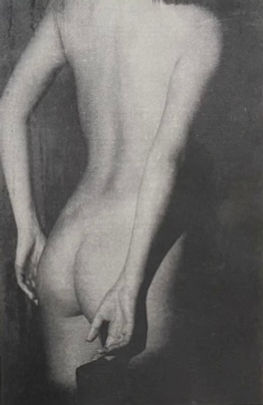Apeiron by Dimitra Dede
- Robin Titchener
- Apr 25, 2022
- 3 min read
Updated: May 26, 2022

The dream and the dreamer.
Greek philosophy has formed the cornerstone of many of the building blocks that occupy modern thinking. The bastions of pure thought, medicine, mathematics both initially considered as philosophical theorems and both migrated to the purest of sciences as we evolved and chipped inexorably away at the rough edges of the unknown, until slowly but surely the pure defined shape of our goal began to appear.
That which we need to validate our lives, our existence.
Proof.
The unanswerable questions that have perplexed and inspired mankind since the moment we first drew breath.
With proof we feel safe and in control.
Proof feeds our ego and allows us to be the masters of all we survey.
Until, of course a decimal point is moved or a new cell augments and the chase is on once more and the chipping begins anew.
Maybe not so pure after all.
The philosopher Anaximander considered “being“. The rock that we rotate upon and all the matter that calls it home, regardless of how briefly.
What came before, what is to follow, and the uncontrollable inevitability in which we spin whilst we "are".
In the first century BC, he proposed the apeiron (which translates as boundless) a concept which contemplated the beginning of everything.
"Everything has an origin or is an origin. The Boundless has no origin. For then it would have a limit. Moreover, it is both unborn and immortal, being a kind of origin. For that which has become has also, necessarily, an end, and there is a termination to every process of destruction."
Maybe this thought above all others removes the concept of proof as an answer, more resolutely from our grasp than any other.

It seems somehow appropriate therefore that photographer Dimitra Dede has employed Anaximander's theory as the inspiration for her beautiful new artist book Apeiron, a dreamlike voyage through a shifting consciousness. A hazy tide of images and words, by turns isolated but at the same time, somehow connected by the most slender silk like of threads and narratives.

Apeiron has been produced in conjunction with Italian publishing house Origini Edizioni, whose output in the field of these stunning handmade collaborations has seen both their reputation and their back catalogue swell exponentially over the last ten years or so.
Whilst it is certainly true that the concept of incorporating both images and poetry in print is far from unique, the utilisation of specialist papers and innovative design has certainly cemented their place in the photo book market as masters of this delicate and dedicated art form.

The voyage through Dede’s Apeiron is as tactile and physical as it is cerebral and metaphysical. Pages are necessarily approached with the care and tenderness normally reserved for the most fragile of subject matters, a frail and precious object or a new born baby. Papers, as light as air are teased from their companions and float as leaves in a breeze back to their forest floor as we continue our path. Folded sheets roll back like surf on a beach as the delights beneath are temporarily revealed, before once again being rolled back to their concealed depths. The images themselves a celebration of a dance, a dark tango between organic and inanimate.

Trees and sea crash against stone and manmade detritus.
A discarded and soiled mattress.
A door - or cover - corroded, trapped shut by its own fastenings, but when looked at quickly almost resembles a torso, restrained. Maybe the result of a twisted personal delight, or the subject of a terrible inquisition. Is it by chance that it shares its space with a naked body, dirty and prone. Alone in the darkness.
Rorschachs


Then the human.
No faces.
An almost sculptural torso, breasts and stomach. The curve of a back,
Details of flesh, dissolving into darkness.
Melting into the page, into the paper.

As we near the end of the book, a huge and majestic landscape rears up. No ambiguity, no abstraction, just the true power and awe inspired by time and nature when left to their own devices.
Then finally the back cover of the book. A colour image tipped to the end page.
Perhaps a seascape, a cosmos, a landscape or even a portrait?
It seems, another Rorschach frozen at some point along its cycle.
Apeiron.

Apeiron is published by Origini Edizioni in an edition of 150 copies (numbers 1 to 20 being a special edition).





Comments